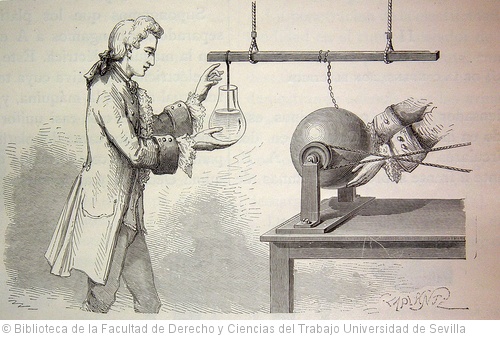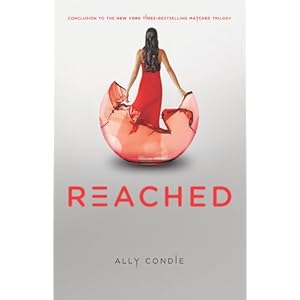Benjamin Franklinstein Meets Thomas Deadison by Matthew McElligott and Larry Tuxbury.
I didn’t read the first two books in this series, Benjamin Franklinstein Lives! and Benjamin Franklinstein Meets the Fright Brothers, but I was able to catch on to the gist of story up until this point pretty easily. This series is easy to read and just fun, nothing heavy or serious, just a simple story about an evil-emperor who tries to take over the world by hypnotizing everyone with scientifically altered light bulbs.
 “Wherein is contained an Accounting of the Quest by our Subject and his Young Companions to subdue an Army of Hypnotized Zombies and thwart the Evil Plans of the Emperor.”
“Wherein is contained an Accounting of the Quest by our Subject and his Young Companions to subdue an Army of Hypnotized Zombies and thwart the Evil Plans of the Emperor.”
The Emperor is Napoleon. Young Victor Godwin is “our subject” and his friends are Benjamin Franklin, Orville and Wilbur Wright, and other members of the Modern Order of Prometheus. If you thought Franklin, Napoleon, and the Wright brothers were dead, you’d be right, except that they were actually preserved by the Order, each in his own Leyden casket, to be awakened when society faced a Great Emergency. Unfortunately, Napoleon was also preserved in a Leyden casket and revived by his assistant Moreau to further the evil Emperor’s plans to control the world.
Those plans include Infinity Light Bulbs in every light fixture in Philadelphia, the kidnapping of famous scientists, and mind control for famous and talented dead scientists like Thomas Edison, for instance. It’s a bumpy ride that starts with a literally bumpy ride in a gyroplane and ends in a desperate attempt to destroy Napoleon’s Harmonic Supertransmitter. The fun part, at least one fun part, is that there are diagrams and pictures of all of the wacky scientific gizmos in the book, like the supertransmitter, and the infinity bulb, and the Leyden casket/bathtub, and a harmonic antenna and even a potato battery eggplant. Here’s a picture of a Leyden jar (a device that ‘stores’ static electricity between two electrodes on the inside and outside of a glass jar), but I couldn’t find a picture of the Leyden casket. You don’t think it’s just a figment of Mr. McElligot’s or Mr. Tuxbury’s imagination, do you?
Reluctant readers, especially those who are interested in science and jokes but not reading, might very well eat this stuff up. It’s definitely worth a try. I’d start with the first book and see how it goes over. Benjamin Franklinstein lives!, just in time for Halloween, but hilarious anytime.
Fake Mustache, or How Jodie O’Rodeo and her Wonder Horse (and Some Nerdy Kid) Saved the U.S. Presidential Election from a Mad Genius Criminal Mastermind by Tom Angleberger.
A novelty store fake mustache, a very special mustache, turns Lenny Flem’s best friend, Casper, into the afore-mentioned evil genius who wants to take over, if not the world, at least the United States. Fake Mustache is even more of a farce and a slap-stick comedy than Benjamin Franklinstein. Angleberger parodies pre-teen Disney channel sitcoms, old-fashioned melodramas, and zombie attacks in this fast-moving 193 pages of buffoonery.
The first half of the story is narrated by Lenny who is the only one in the fair city of Hairsprinkle (as far as he knows) who hasn’t been brainwashed by Casper, aka Fako Mustacho. However, the second half of the story has washed-up TV star Jodie O’Rodeo telling the story—and getting all the glory– for putting a stop to the nefarious plans of Fako Mustacho, aka Casper.
Loads of fun. And the story takes place during Halloween and Election Day, just perfect for this time of year, but readable in any season.











